How Contemporary Sculpture Was Shaped By 1960s Feminism
By Something CuratedMaking It, a group exhibition dedicated to a generation of pioneering women sculptors who came to prominence in the late 1960s and early 1970s, opens at Cork Street’s Waddington Custot on 1 October and will run until 13 November 2021. Taking an unexpected approach to their chosen media: fusing gold leaf with linen for instance, folding metal or hand-knotting rope, these artists challenged modernist conventions and expanded conceptions of the appropriate media and methods for sculpture. Artists in the exhibition include Olga de Amaral, Lynda Benglis, Françoise Grossen, Maren Hassinger, Barbara Levittoux-Świderska, Louise Nevelson, Beverly Pepper, Mildred Thompson and Sophia Vari.
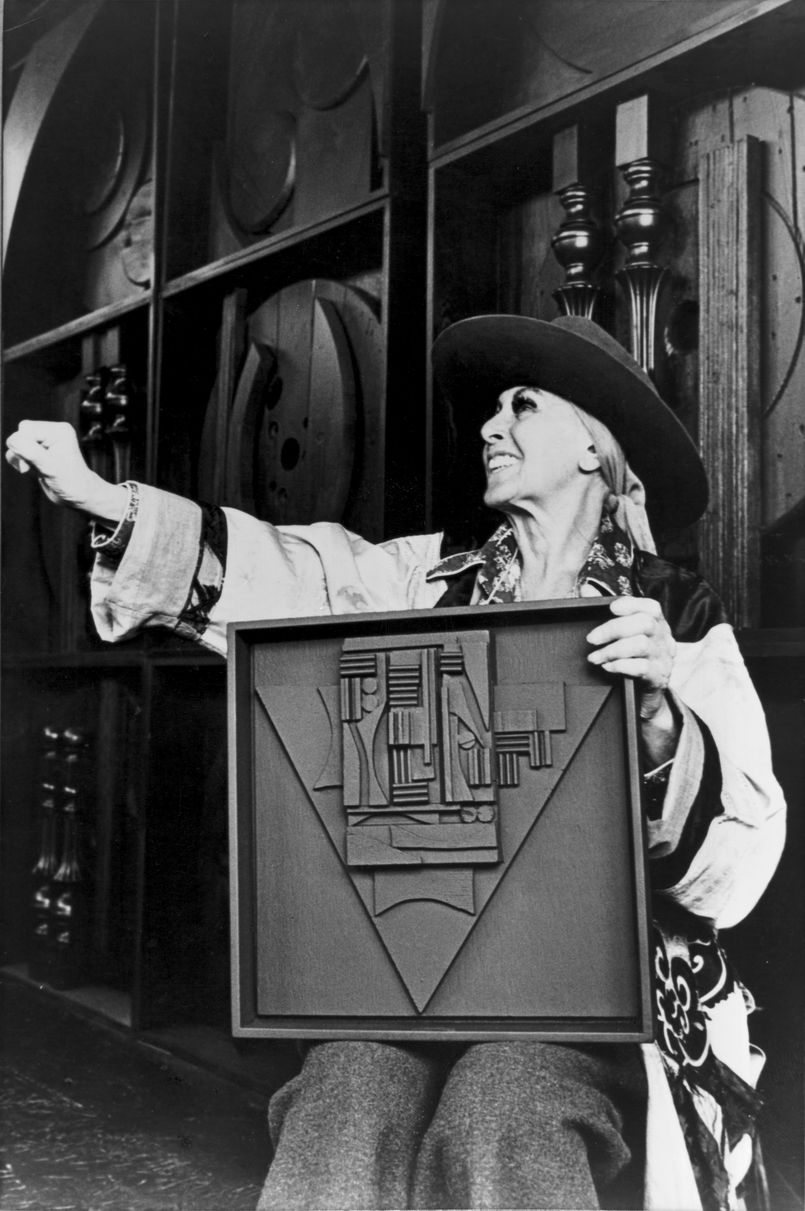
Active in the mid and late-20th century, these sculptors developed new work during the era of second-wave feminism and within the context of feminist critique, as championed by critics and curators such as Lucy Lippard. While not always overtly feminist in concept, their work does not represent a retreat from politics. Rather, contending with the long-held belief – retained well into the 1970s – that sculpture was a muscular medium best suited to men, these artists stood against the prejudices and difficulty women encountered when trying to access the male-dominated spaces of foundries and woodshops. Lucy Lippard recounted, “In the winter of 1970 I went to a great many women’s studios… found women in corners of men’s studios, bedrooms, children’s rooms, kitchens.”
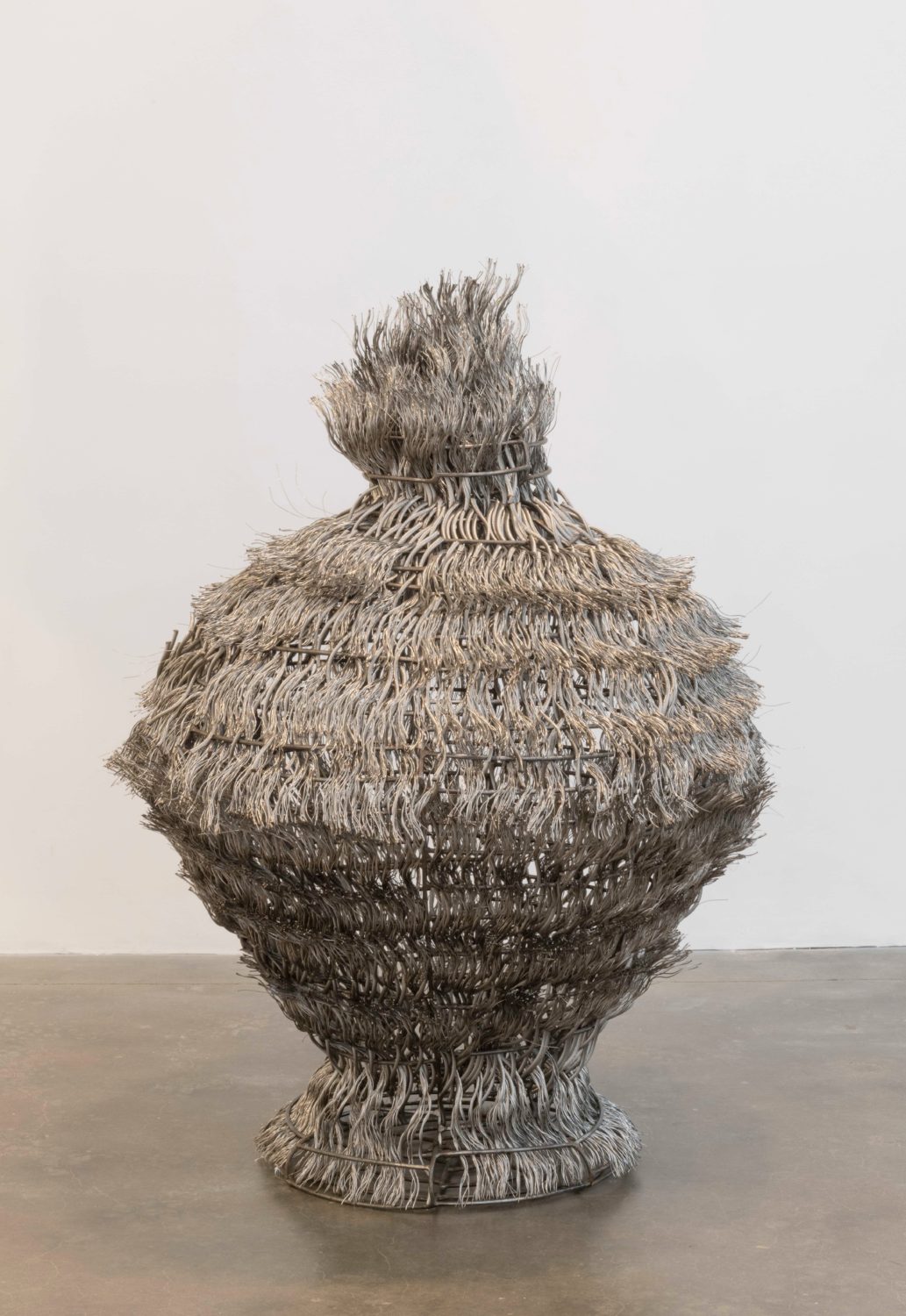
Undiminished by this unfavourable context, the sculptors in Making It actively take up space with their work. Spreading across the walls and from ceiling to floor, reaching across the gallery and hanging in the air, these works prefigure installation art and a broader shift toward process and materials. The approaches seen also demonstrate a resistance to the prominent discourse in the 1960s and 70s, around minimal and conceptual art which advocated radically de-skilled methods, replacing the spatial and visual experience of art with a linguistic one.
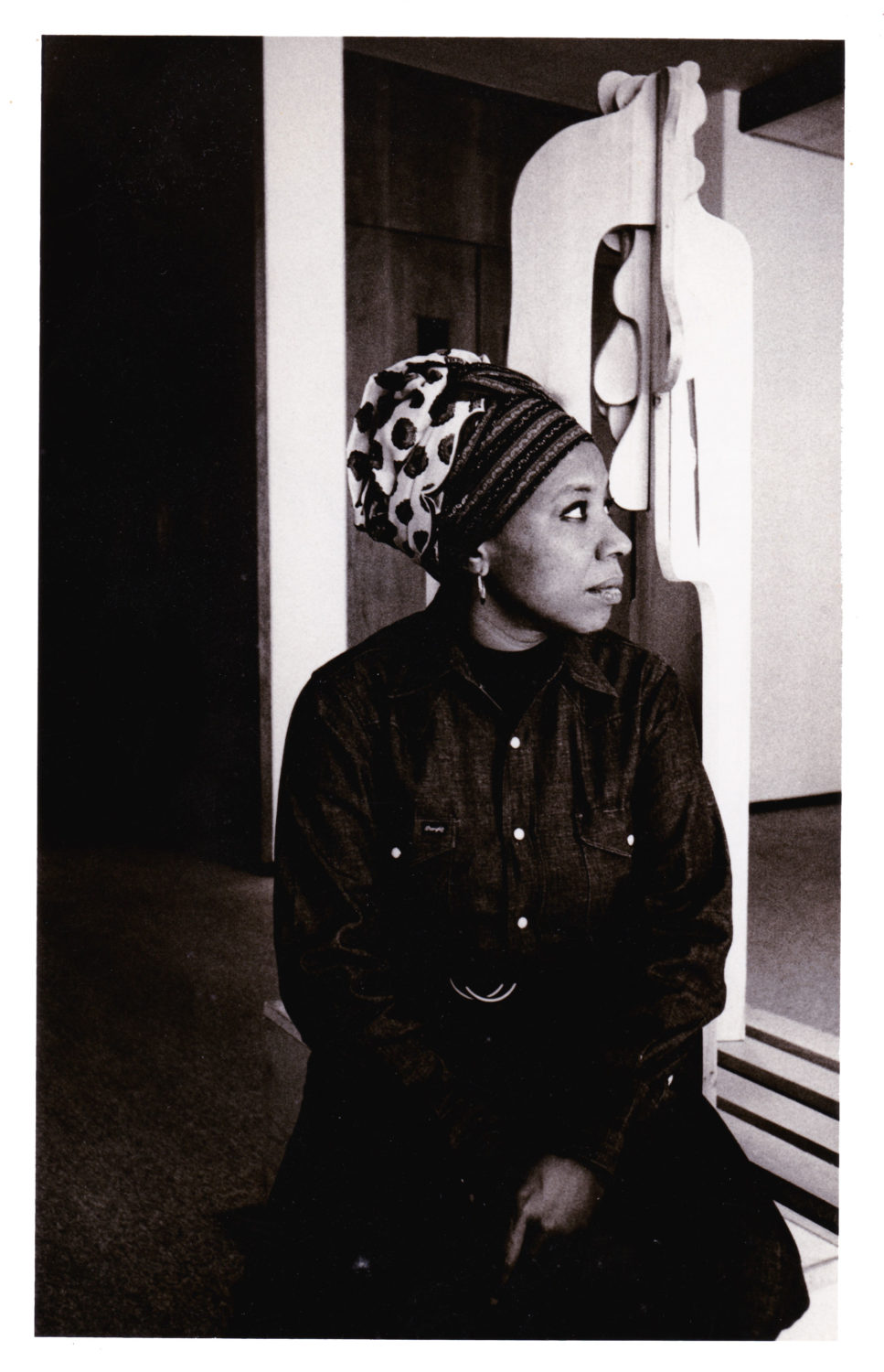
The exhibited artists in Making It present embodied phenomenological experiences: the undulatory movement of gold leaf and woven horsehair and linen in the work of Colombian artist Olga de Amaral flickers entrancingly with the light, while for Barbara Levittoux-Świderska, and Françoise Grossen, the emphasis is on the visual, tactile and textural qualities of their material, in contrast to its utility. These artists were among those who disregarded the low cultural connotations attached to materials such as ribbons and rope, developing new installations of ambitious scale. In the works of Beverly Pepper, a pioneer in the use of Cor-ten steel, whose sculptures in the medium predate those of Donald Judd and Richard Serra, we see a process of ripping and tearing into the surface of stainless steel blocks with a violent physicality.
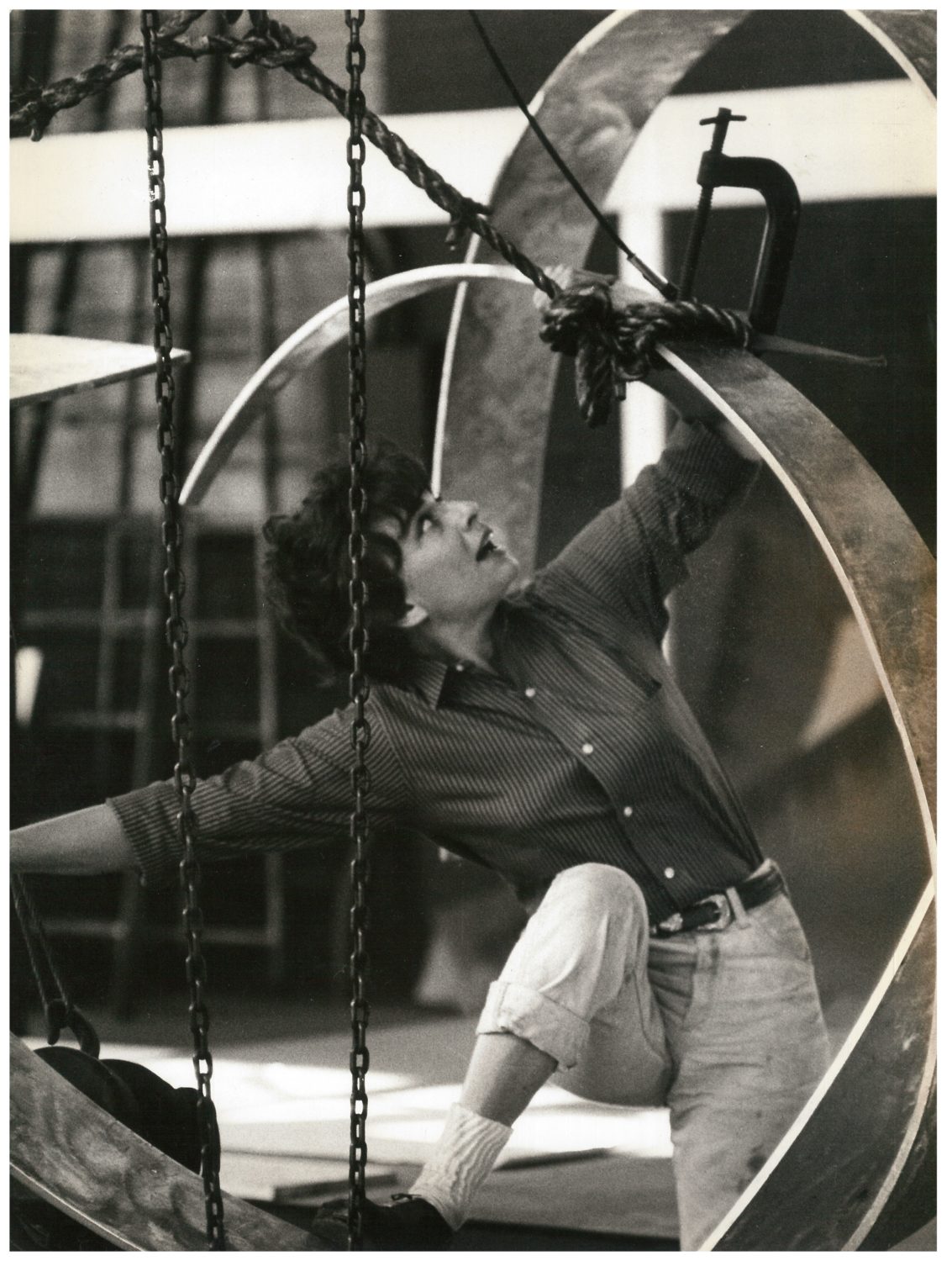
Other artists incorporate found materials to create revolutionary sculpture in asymmetric or biomorphic forms: Mildred Thompson, living in Germany, found freedom from the prejudices against her race and gender in the universality of abstraction, and developed ideas around patterns found within systems of science, mathematics and music. She combines wood sourced from German forests with machine-cut wood segments, resulting in a tension between the naturally occurring curvaceous lines in wood and those that were manufactured or painted. Maren Hassinger developed a practice that challenged orthodox notions of art-making through its adoption of non-traditional materials, particularly wire rope – which she chanced upon in a Los Angeles salvage yard.
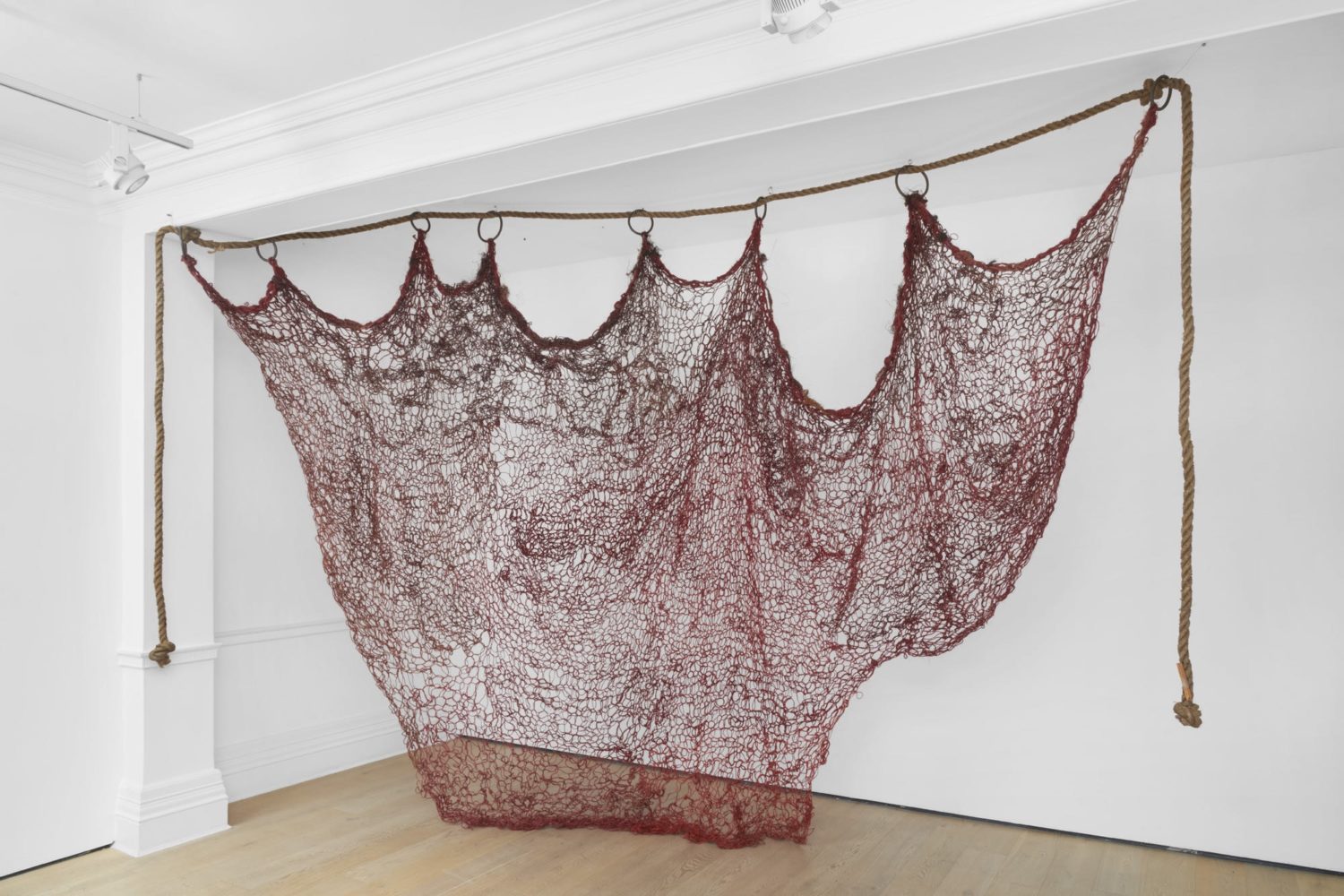
Ukraine-born Louise Nevelson also used discarded objects in her work; she articulated her entire artistic process as a kind of alchemy, using rich black pigment to transform them into mystical totems. Working within a similarly monochromatic colour range to Nevelson, Sophia Vari makes powerful sculptures of interlocking forms which draw from a lifetime travelling the world, and a fascination with ancient cultures and practices. Making It illuminates the importance of these works within their cultural context and their lasting impact on contemporary art, by artists who often suffered from a lack of visibility and recognition in their lifetimes but persevered to envision new ways of making.
Making It runs from 1 October–13 November 2021 at Waddington Custot, 11 Cork Street, London W1S 3LT.
Feature image: Maren Hassinger. Installation view, Twelve Trees, Los Angeles, CA, 1978. Photo: Adam Avila. Courtesy of Susan Inglett Gallery, NYC